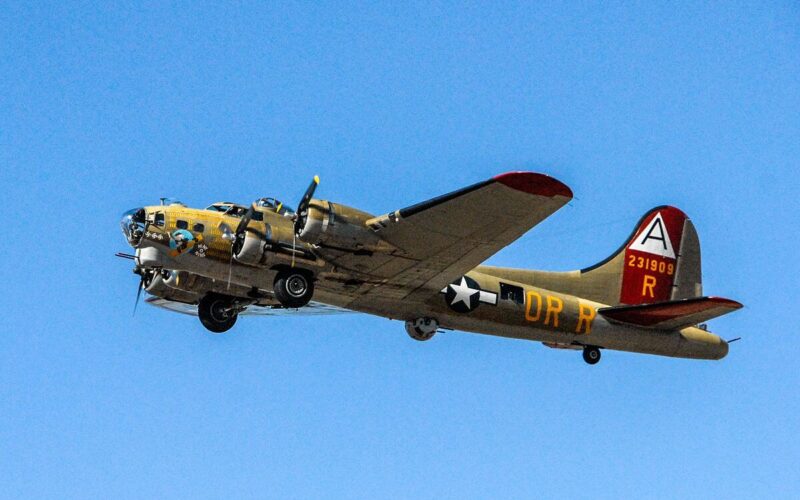A World War II B-17G “Flying Fortress” bomber crashed shortly after takeoff at Bradley International Airport (BDL), Connecticut, northeastern United States, killing seven of the thirteen people on board.
The Boeing B-17G, registered N93012, was operated by the Collings Foundation, a non-profit educational organization dedicated to maintain and operate a fleet of historical aircraft. The bomber was carrying ten passengers and three crew members.
Less than 10 minutes after take-off, the flight crew requested an emergency landing following a technical problem. “We observed that the aircraft was not gaining altitude,” said Connecticut Airport Authority Executive Director Kevin Dillon, quoted by the BBC. One of the pilots reported to ATC a problem in the number four engine. The plane crashed at the end of the runway into a building as it was attempting to land. Seven people on board died. Nine were injured, including three people on the ground out of which two volunteer firefighters.
A team of investigators, led by the National Transportation Safety Board (NTSB) board member Jennifer Homendy, was sent on site to investigate the crash.
NTSB board Member Jennifer Homendy and investigator Dan Bower at the scene Wednesday of the crash of a B-17 at Bradley International Airport in Connecticut. pic.twitter.com/uDblzYtiJl
— NTSB_Newsroom (@NTSB_Newsroom) October 2, 2019
The B-17G N93012 was part of the Collings Foundation’s Wings of Freedom Tour that was on display at Bradley International Airport this week, where it was carrying out scenic flights. It was used as a replica of the Nine-O-Nine, another famous B-17G that completed 140 combat missions during World War II without crew losses. During a press conference, Connecticut Senator Richard Blumenthal said that the crashed aircraft was one of eighteen B-17 bombers still flying in the United States.
The Boeing B-17 is probably the most famous heavy bomber of the US Air Force, with its impressive weaponry earning it the nickname of Flying Fortress. More than 10,000 of the aircraft were manufactured in total. It could carry 2 tons (4,500 pounds) of bombs on long-range missions, and more than 3.6 tons (8,000 pounds) on short-range. As it was a primary target for the German fighters, it was armed with thirteen 50-caliber machine guns and a remotely-controlled turret fitted in its “chin” to counter frontal attacks.

